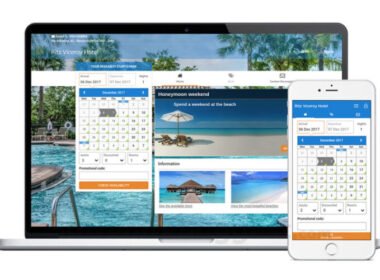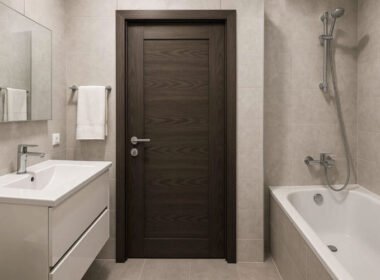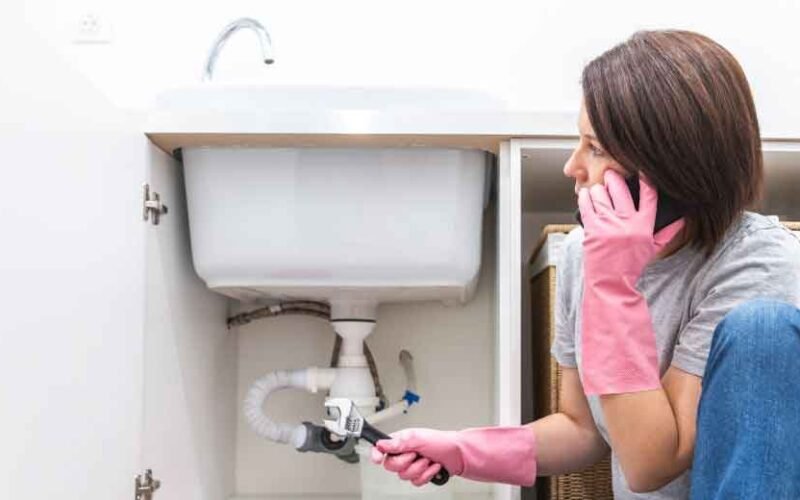Working with a public adjuster can provide valuable assistance when facing property damage and the resulting insurance claim process. These professionals help policyholders navigate complex claims to ensure fair compensation. However, being well-prepared is crucial to make the most of your initial meeting with a public adjuster. The information and documents you bring can significantly influence the efficiency and outcome of your claim process. We will explore what you should gather and get to that first appointment to facilitate a smooth and productive discussion, laying the groundwork for a successful insurance claim.
Essential Items to Bring to Your Initial Meeting With a Public Adjuster
Meeting a public adjuster in Illinois for the first time is an important step toward managing your insurance claim effectively. Preparation will save time and help the adjuster understand the full scope of your situation. Here are the key items and information you should bring along:
- Insurance Policy Documents
Bringing your full insurance policy is essential. This document outlines your coverage, including limits, deductibles, exclusions, and endorsements. The adjuster needs to review these details to understand what your policy covers and how the claim might be handled. If you do not have a physical copy, try to access a digital version or request one from your insurer before the meeting. Having the policy on hand enables clear communication and helps avoid misunderstandings about coverage.
- Detailed List of Damages
Compile a thorough list of all damage to your property. This should include structural harm, damaged personal belongings, and any additional losses resulting from the incident. The more detailed and organized this list is, the easier it is for the public adjuster to assess your claim accurately. Ensure that you note the date you first noticed the damage and any temporary repairs you have made to prevent further deterioration. This information supports the claim’s validity and helps set priorities.
- Photographic or Video Evidence
Visual documentation of the damage is critical. Bring any photos or videos you have taken that clearly show the extent of the destruction. Before-and-after images are particularly helpful, as they demonstrate the condition of your property before and after the incident. These visuals assist the public adjuster in verifying damages and providing a more precise estimate of loss. If you have not yet taken photos, try to do so as soon as possible.
- Receipts and Proof of Ownership
Gather receipts, invoices, or any proof of purchase for damaged items. These documents establish ownership and help determine the value of the items you claim. If you do not have receipts, written descriptions or appraisals can be helpful. This paperwork is important to substantiate your loss, especially for valuable possessions. A record of expenses incurred for temporary fixes or relocation related to the damage is also beneficial.
- Correspondence With Your Insurance Company
Include copies of any letters, emails, or notes from conversations with your insurance company. This includes claim numbers, adjuster names, and summaries of phone calls or meetings. These records provide context about your claim’s current status and any responses or offers made by the insurer. The public adjuster will use this information to identify potential issues or delays and strategize the best approach.
- Estimates From Contractors or Repair Professionals
Bring these documents if you have already sought estimates for repair or replacement costs. Even preliminary quotes help the public adjuster understand the expected financial impact of the damage. They provide a basis for negotiating the settlement with your insurance provider. If estimates are not yet available, the adjuster can assist you in obtaining accurate valuations.
- Identification and Contact Information
Bring valid identification and have your contact details ready. The adjuster may need to verify your identity as the policyholder or property owner. Also, prepare a list of contact information for any relevant parties involved in the claim, such as your insurance agent, contractors, or witnesses. This will facilitate communication and coordination during the claims process.
- Notes on Temporary Repairs and Mitigation Efforts
Document any temporary repairs or steps you have taken to prevent additional damage. For instance, boarding up broken windows, covering a damaged roof with tarps, or removing water can all be relevant. These actions demonstrate your efforts to minimize loss and may be reimbursable under your policy. The adjuster will want to understand and incorporate these measures into the claim.
- Questions and Concerns
Prepare a list of questions or concerns about the claim process or your coverage. Being organized with your queries ensures you get clear answers during the meeting and helps you understand your rights and options. A good public adjuster will address these topics, so coming prepared supports a more transparent and productive dialogue.
- Any Legal or Professional Documents Related to the Property
Bring deeds, titles, inspection reports, or any legal documents connected to your property if applicable. These can be useful for clarifying ownership, property value, or specific conditions that affect your claim. Having these on hand shows diligence and helps the adjuster gather all relevant information.
Your first meeting with a public adjuster is critical to laying the foundation for a fair and effective insurance claim process. Bringing comprehensive documentation, detailed evidence, and a prepared mindset ensures that you provide the adjuster with the necessary tools to assist you fully. The more information you can share, the clearer the adjuster’s understanding will be, which can help speed up the resolution and increase the likelihood of a satisfactory settlement. Being prepared not only benefits your claim but also helps reduce stress during what can be a challenging time.










